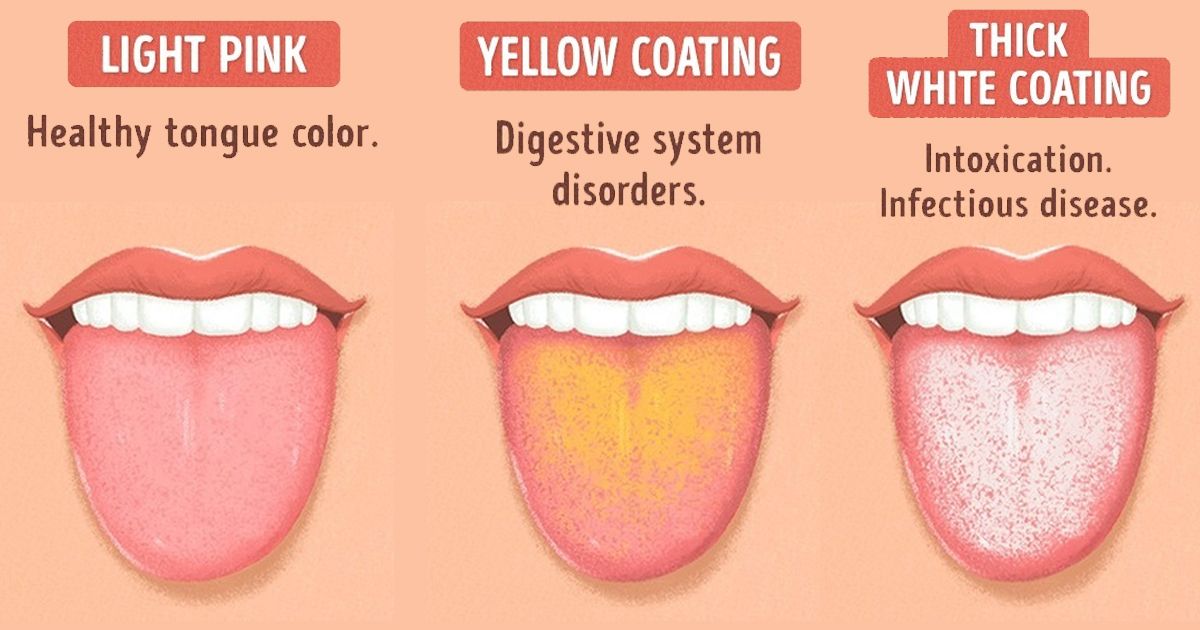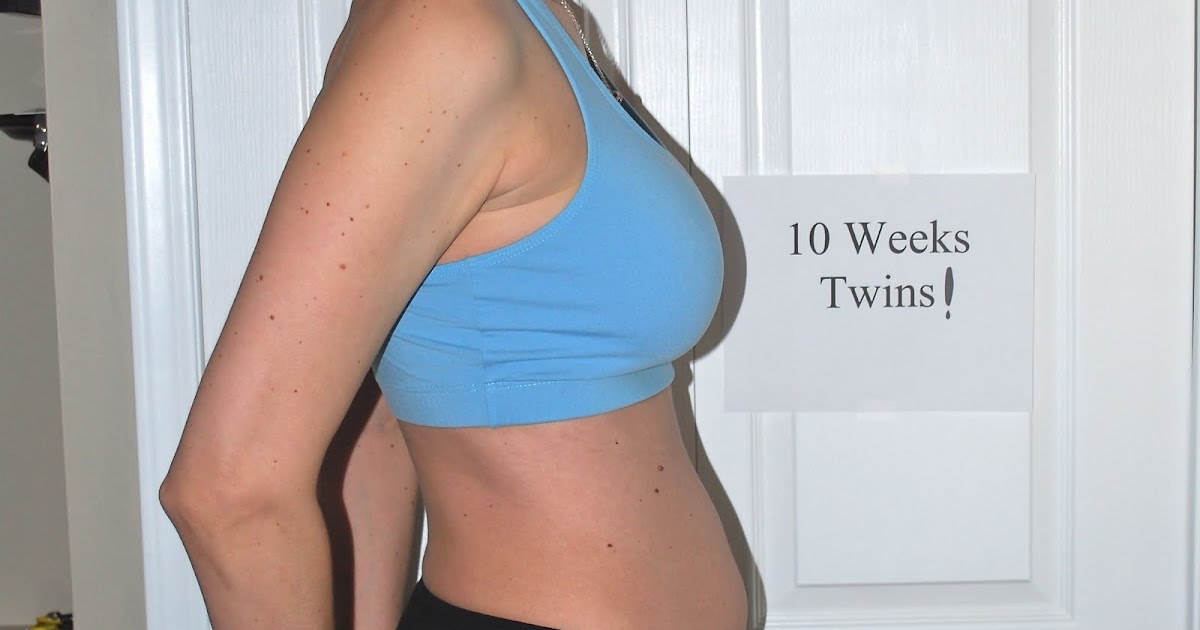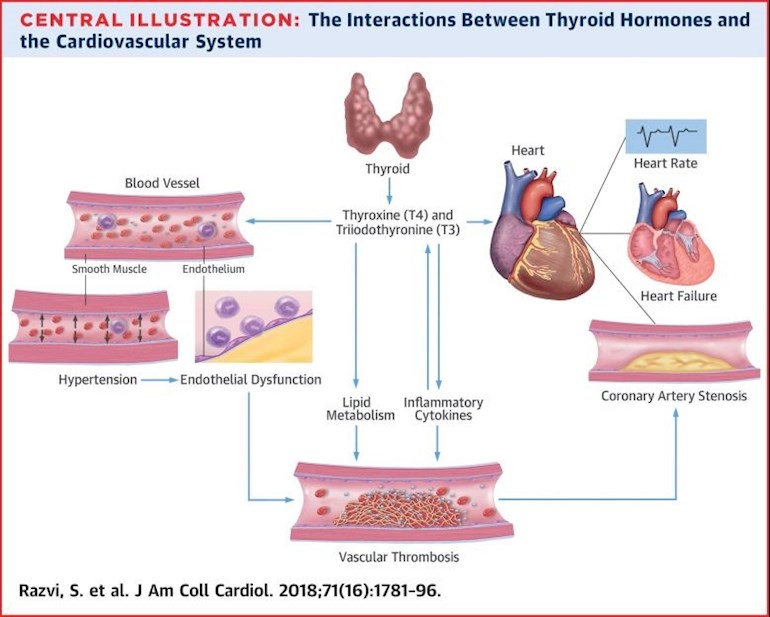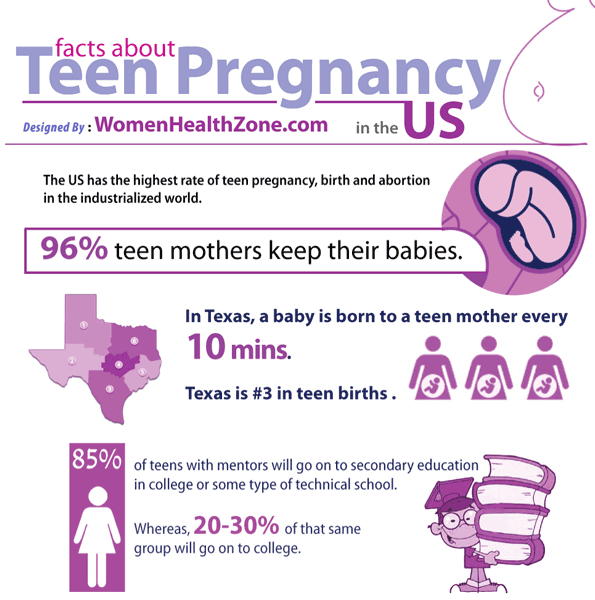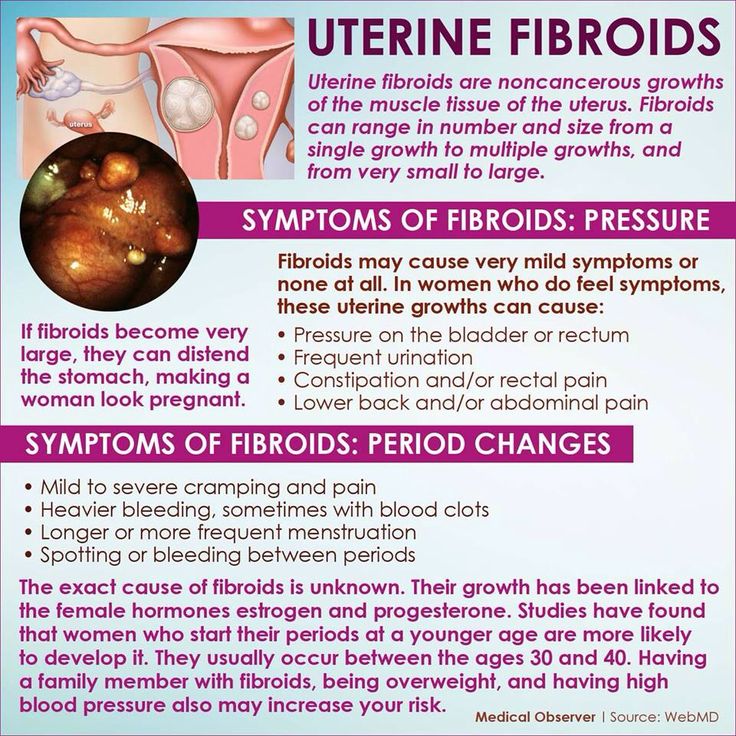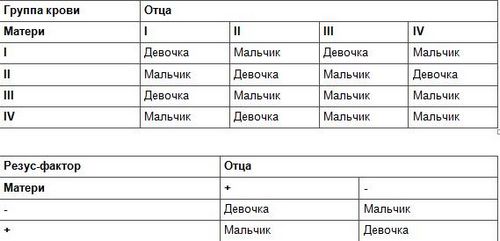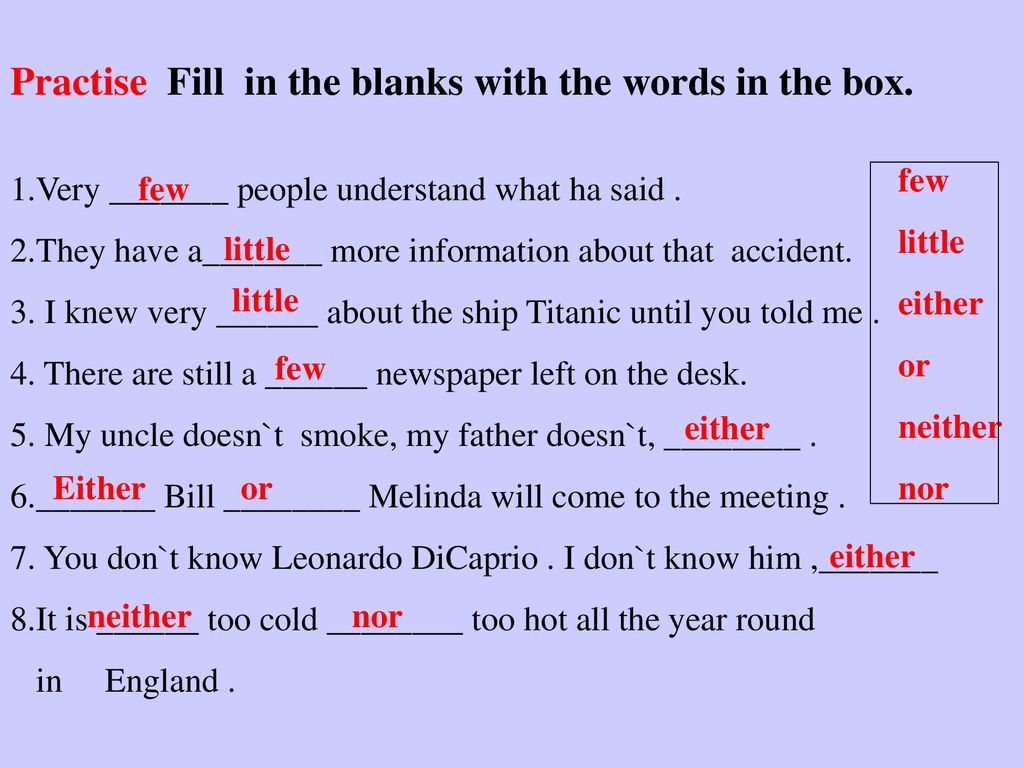White bumps in baby mouth
Symptoms, Pictures, Causes, and Treatment
What are Epstein pearls?
If your infant has a small white or yellow-tinted bump on their gum line or the roof of their mouth, it’s likely an Epstein pearl. This is a type of gingival cyst that affects newborns.
Epstein pearls are fairly common, occurring in 60 to 85 percent of newborns. They’re also more common in babies who:
- are born to older mothers
- are born past their due dates
- have a higher birth weight
While Epstein pearls might look unusual, they’re harmless. Read on to learn more about Epstein pearls, including whether they can occur in adults.
What are the symptoms of Epstein pearls?
Epstein pearls don’t cause any symptoms beyond their appearance. You’ll likely notice them along the gums or roof your baby’s mouth. Epstein pearls look like whitish-yellow nodules, about 1 to 3 millimeters in size. They sometimes appear similar to incoming teeth.
What do Epstein pearls look like?
Can adults have Epstein pearls?
Epstein pearls only occur in newborn babies. But adults can develop a dental cyst that looks similar to an Epstein pearl.
Such cysts in adults often form near the roots of dead or buried teeth. They usually don’t cause any symptoms unless they become infected. When this happens, you might feel pain and swelling around the cyst.
Dental cysts sometimes grow over time. If they grow large enough, they might put pressure on your teeth, leading to jaw weakness.
This type of cyst can be removed through a straightforward surgical procedure. Your doctor can also remove any dead root tissue, which will reduce the chances of the cyst coming back.
Learn more about what might be causing a bump on your gums.
What causes Epstein pearls?
Epstein pearls happen when the skin of a baby’s mouth becomes trapped during the development process. As the mouth continues to develop and take shape, this trapped skin can fill with keratin, a protein found in skin. The keratin is what makes up the inside of an Epstein pearl.
These bumps develop in the womb and aren’t preventable. If your child was born with Epstein pearls, it’s not a sign of anything you did or didn’t do during pregnancy.
Do Epstein pearls warrant a visit to the doctor?
Epstein pearls are harmless. But if your baby is showing signs of pain or irritability, it may be a good idea to follow up with their doctor. Epstein pearls are very common, so their doctor will likely be able to identify these bumps just by their appearance.
Depending on your baby’s symptoms, their doctor might examine their mouth to check for signs of natal teeth. These are teeth that some babies are born with. They’re pretty rare, but they can look very similar to Epstein pearls.
Their doctor might also want to rule out oral thrush. This is a type of yeast infection that can cause small white bumps or a white coating in your baby’s mouth.
Epstein pearls tend to go away on their own within a few weeks after birth, but may persist for several months. If you’re still noticing the bumps after several weeks and they don’t seem to be getting any smaller, make a doctor’s appointment to make sure the bumps aren’t the result of something else.
If you’re still noticing the bumps after several weeks and they don’t seem to be getting any smaller, make a doctor’s appointment to make sure the bumps aren’t the result of something else.
Are Epstein pearls treatable?
Epstein pearls don’t require any kind of treatment. In many cases, they’ll disappear on their own within a week or two of birth. The friction in your baby’s mouth from breastfeeding, bottle feeding, or using a pacifier helps to quickly break down and dissolve the bump.
What’s the outlook?
Epstein pearls can look alarming to new parents, but they’re harmless. They usually dissolve on their own a week or two after birth.
Epstein pearls shouldn’t cause any pain, so if your baby is showing signs of discomfort, there may be something else going on. In that case, you should contact your baby’s doctor.
Epstein Pearls: Benign but Bothersome
Written by WebMD Editorial Contributors
In this Article
- What Do Epstein Pearls Look Like?
- What Causes Epstein Pearls?
- How Are Epstein Pearls Diagnosed?
- How Do You Treat Epstein Pearls?
Epstein pearls have become a common name for white bumps in your baby’s mouth. They can be deceiving since they resemble brand new baby teeth. Epstein pearls are like a benign form of acne but they occur in the mouth. They are completely harmless and will eventually take care of themselves, so don't worry about them affecting your baby's health.
They can be deceiving since they resemble brand new baby teeth. Epstein pearls are like a benign form of acne but they occur in the mouth. They are completely harmless and will eventually take care of themselves, so don't worry about them affecting your baby's health.
What Do Epstein Pearls Look Like?
Epstein pearls look like white bumps underneath the skin. They are opaque whitish-yellow cysts or lesions that can form on your baby’s gums or the roof of their mouth.
Epstein pearls are small, typically less than a few millimeters in diameter. They should not get bigger over time. If you noticed the bumps in your baby’s mouth getting bigger, you should call your doctor.
Epstein pearls can appear as a single cyst or in groups of two to six lesions. Their development and placement seems to be random, but neither is worse than the other.
What tends to concern parents is a single Epstein pearl on the gums. It can often look like a baby tooth breaking through the gum.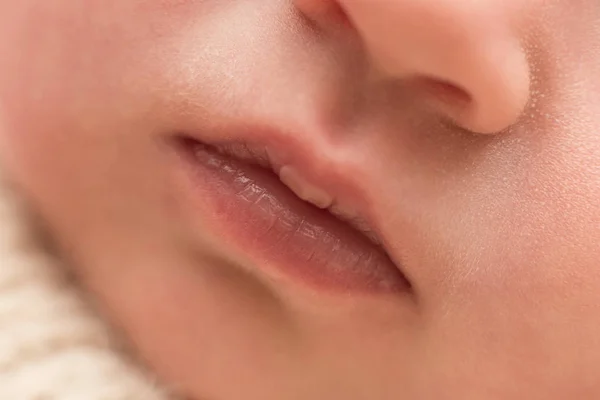 Since Epstein pearls are firm to the touch, it can be hard to tell the difference.
Since Epstein pearls are firm to the touch, it can be hard to tell the difference.
Epstein pearls are otherwise asymptomatic. They’re benign and cause no problems with feeding or teething. If your baby seems to experience any discomfort, they should be taken to a doctor.
What Causes Epstein Pearls?
Epstein pearls are quite common in newborns. Around 80% of newborns will have Epstein pearls. They usually don’t develop them after 3 months old.
Epstein pearls are caused by a build-up of keratin in the soft and hard palates. Keratin is the material your hair and nails are made of. They're similar to milia on the face, which are a harmless build-up of skin cells.
There’s no clear cause for this. It’s theorized that tissues get trapped during gestation when the palate develops. Then, the Epstein pearls appear under the skin of the mouth after birth.
How Are Epstein Pearls Diagnosed?
Your doctor will perform a simple physical exam of your baby’s mouth to confirm the white bumps aren’t new teeth.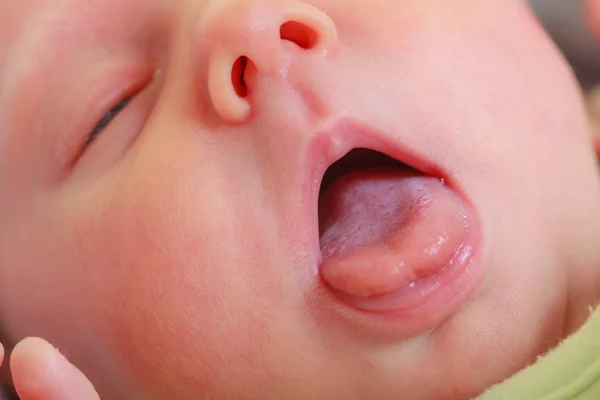 While they can typically diagnose Epstein pearls during a physical exam, certain symptoms may suggest another condition.
While they can typically diagnose Epstein pearls during a physical exam, certain symptoms may suggest another condition.
Bohn nodules. These cysts appear on the roof of the mouth on the ridge just behind the front teeth. These are lesions on mucous glands and are typically grayish-white.
Dental lamina cysts. These lesions are very similar to Epstein pearls. They are typically more transparent and slightly bigger, but they are similarly benign and fade after a short time.
Congenital epulis. This rare condition is categorized by a benign tumor. This type of tumor is attached to the tissue via a stem-like appendage. For an unknown reason, they are ten times as likely to form in infant girls than boys.
This growth can cause complications with eating and breathing. Surgical removal is required, but it’s highly unlikely that congenital epulis will return.
How Do You Treat Epstein Pearls?
Epstein pearls clear up on their own within a few weeks and up to three months.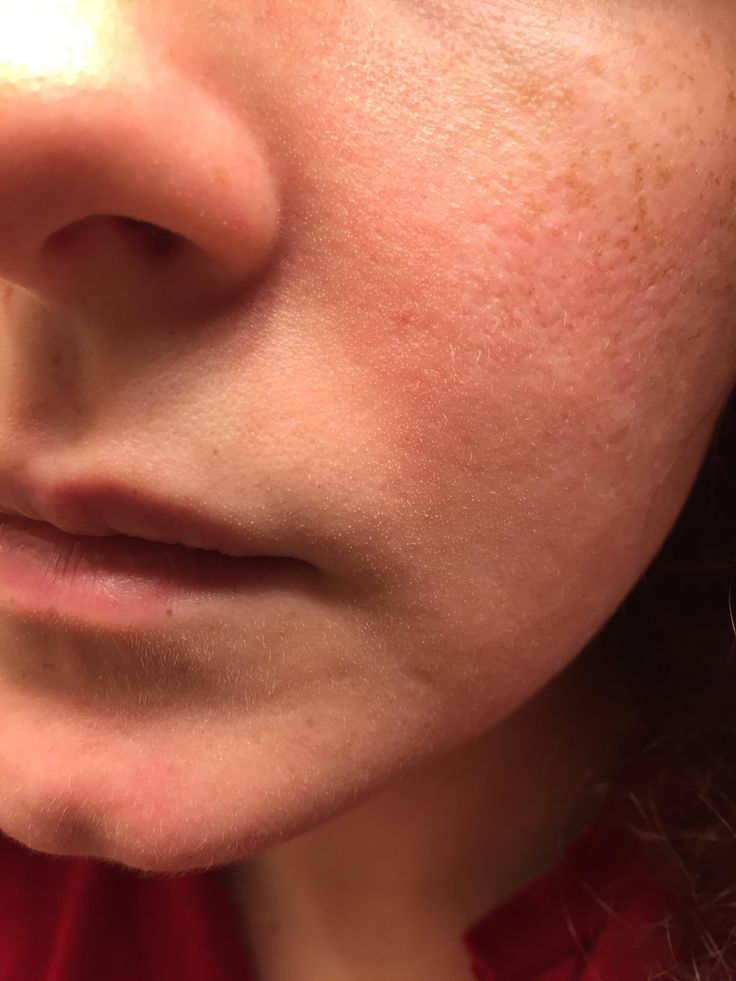 They typically fade away or rupture, releasing the backed-up keratin.
They typically fade away or rupture, releasing the backed-up keratin.
Even though they will rupture eventually, you should never attempt to speed up the process and rupture an Epstein pearl yourself. This can lead to irritation, infection, and inflammation. Your doctor won’t attempt to remove them either, as medical intervention for an Epstein pearl is unnecessary stress to put on your baby for this condition. Again, this growth will not affect your baby's health or ability to feed, so just allow them to heal on their own.
possible causes, methods of therapy and prevention
Pediatricians often observe white pimples on the oral mucosa in a child. Such rashes signal an existing disease or its development. In order to prescribe the correct treatment, it is necessary to find out the cause of their appearance. These can be diseases of a general or local nature, various injuries.
Diseases of a local nature
The provocateur of white rashes is stomatitis, which manifests itself in various forms:
- Aphthous - the cause of its occurrence has not been identified, it proceeds in an acute, chronic and recurrent form.
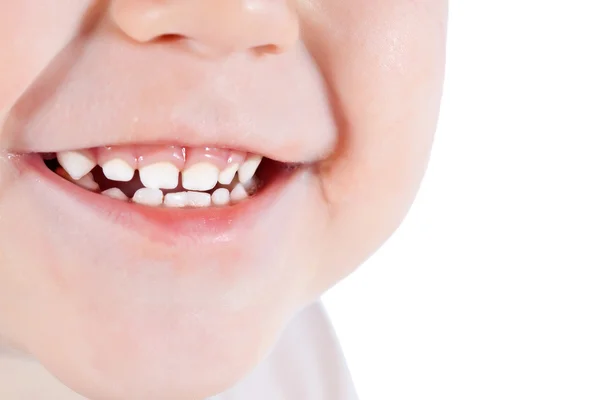 The disease is characterized by the appearance of many aphthae (sores) of irregular shape, leading to difficulties in eating. Healing is long and sometimes lasts several months.
The disease is characterized by the appearance of many aphthae (sores) of irregular shape, leading to difficulties in eating. Healing is long and sometimes lasts several months. - Candidiasis - most often occurs in a newborn child. White pimples in the mouth gradually merge, and the entire cavity is covered with a whitish coating.
- Herpetic - unlike the previous forms, sores are pinkish or red in color, have a watery structure. In addition to the oral cavity, the lips are also affected. It occurs in children from one and a half to three years. The mild form can be treated at home, and the severe form can be treated in the hospital. nine0010
- Allergic - provoked by allergens: plant pollen, household dust, animal hair, etc. Having removed the source of allergy, stomatitis stops.
- Bacterial - develops as a result of penetration into the existing wounds of the oral cavity of pathogenic microflora (staphylococci, streptococci).
Injuries
The cause of white pimples in the mouth of a child can be various injuries:
Ulcers on the gums in a child: possible causes and treatment
When an abscess appears on the baby's gums, parents begin to get nervous and worry, not knowing that.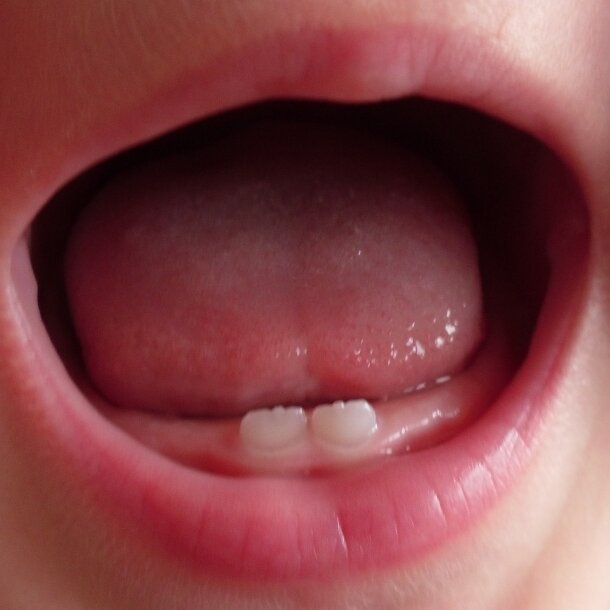 ..
..
- Strong bite of the tongue with teeth, which provoked an inflammatory process and, as a result, the appearance of white sores.
- Mucosal damage caused by hard bristles during oral hygiene.
- Injury from the sharp edges of the teeth in case of violations committed during the installation of filling material.
- Incorrectly fitted braces. nine0010
- Injuries caused during dental treatment due to careless handling of dental instruments.
Systemic pathologies
What causes white pimples in a child's mouth? The following diseases can provoke their appearance:
- Pulmonary tuberculosis - the mucous membrane of the oral cavity is affected. Sores of a loose structure with uneven edges are formed on it.
- Syphilis - boils may appear in the oral cavity. nine0010
- Necrotic gingivostomatitis - sores appear on the mucous layer of the oral cavity, which are covered with a greenish coating.
- HIV infection - the lesion affects the gums.
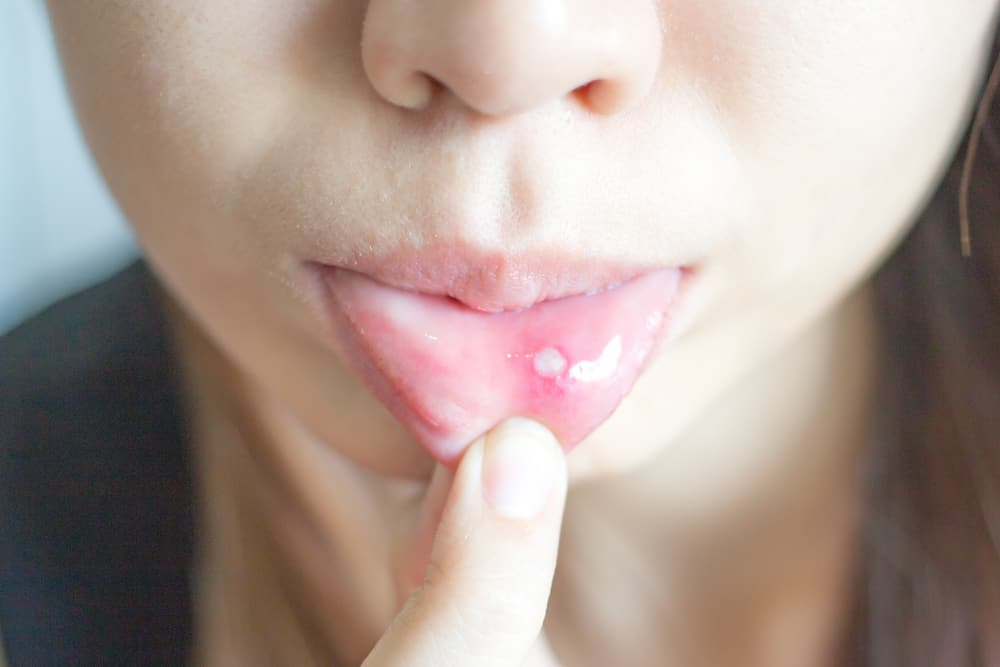
In addition, the following pathologies cause the formation of pimples in the mouth of a child:
White pimples in the throat: possible causes, possible...
common. On...
- dysbacteriosis;
- atonic colitis;
- heart failure in the stage of decompensation;
- hypothyroidism;
- diabetes mellitus.
Symptoms
In addition to white pimples in the child's mouth, he may have the following signs that parents should pay attention to:
- fever;
- restless, capricious baby, caused by dryness or burning in the mouth; nine0010
- refusal to eat;
- swollen lymph nodes;
- bad breath.
If these symptoms are observed, it is advisable to examine the oral cavity and consult a doctor.
Some features of the treatment
Therapy should be aimed at eliminating the root cause and alleviating the condition of the little patient. In case of mechanical damage to the oral mucosa, the wound surface is treated, after removing the foreign object. If chronic pathologies caused white pimples in the mouth of a child, complex treatment is recommended using medicines from different pharmacological groups:
If chronic pathologies caused white pimples in the mouth of a child, complex treatment is recommended using medicines from different pharmacological groups:
Pimples on the tongue of a child: possible causes, possible...
So, what can cause pimples on the tongue of a child? The first thing that comes to mind is skin diseases...
- "Arbidol", "Acyclovir" - has an antiviral and anti-inflammatory effect.
- Antiseptics are used for irrigation and rinsing.
- Antipyretics - to relieve fever.
- Vitamin complexes - to strengthen the immune system.
- Antibiotics are great for killing pathogens.
Maintaining oral hygiene and drinking plenty of fluids is a prerequisite for successful treatment.
Causes of thrush in newborns
This fungal disease often occurs in weak and premature babies, it affects the mucous membranes of the tongue and mouth. He can become infected from his mother or another person who has been in contact with him.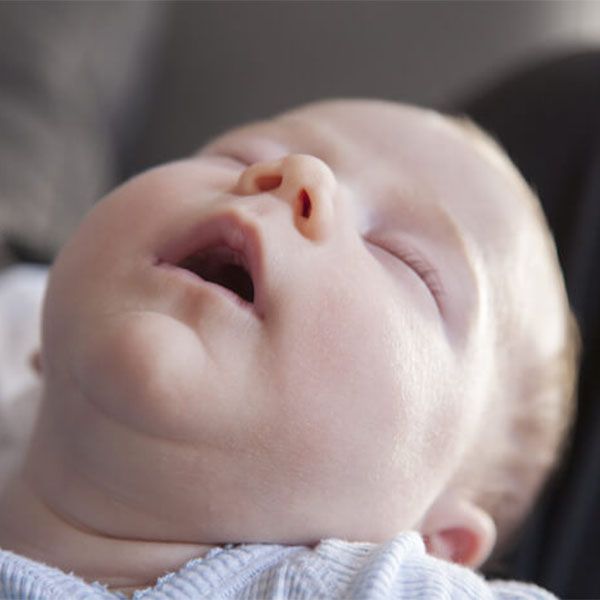 The pathogen enters the body of a small person through a pacifier or other objects that the baby pulls into his mouth. Infection during delivery occurs if the mother has pathogenic species of fungi in the vagina. Frequent regurgitation also provokes the occurrence of thrush in the mouth of the baby, since during this process the contents of the stomach accumulate in the oral cavity, which has an acidic environment, which is a fertile environment for the reproduction of fungi. Long-term antibiotic therapy is another provocative factor in the development of the disease. nine0003
The pathogen enters the body of a small person through a pacifier or other objects that the baby pulls into his mouth. Infection during delivery occurs if the mother has pathogenic species of fungi in the vagina. Frequent regurgitation also provokes the occurrence of thrush in the mouth of the baby, since during this process the contents of the stomach accumulate in the oral cavity, which has an acidic environment, which is a fertile environment for the reproduction of fungi. Long-term antibiotic therapy is another provocative factor in the development of the disease. nine0003
Symptoms of thrush
The appearance of small whitish spots on the tongue, cheeks, gums and palate are among the first signs of the disease. After a short period of time, they increase in size and merge, forming a plaque, called curd-like. Further, its color changes to yellowish or gray. It is not possible to remove plaque with a spatula. Thrush in the mouth of the baby becomes the cause of his anxiety and moody condition.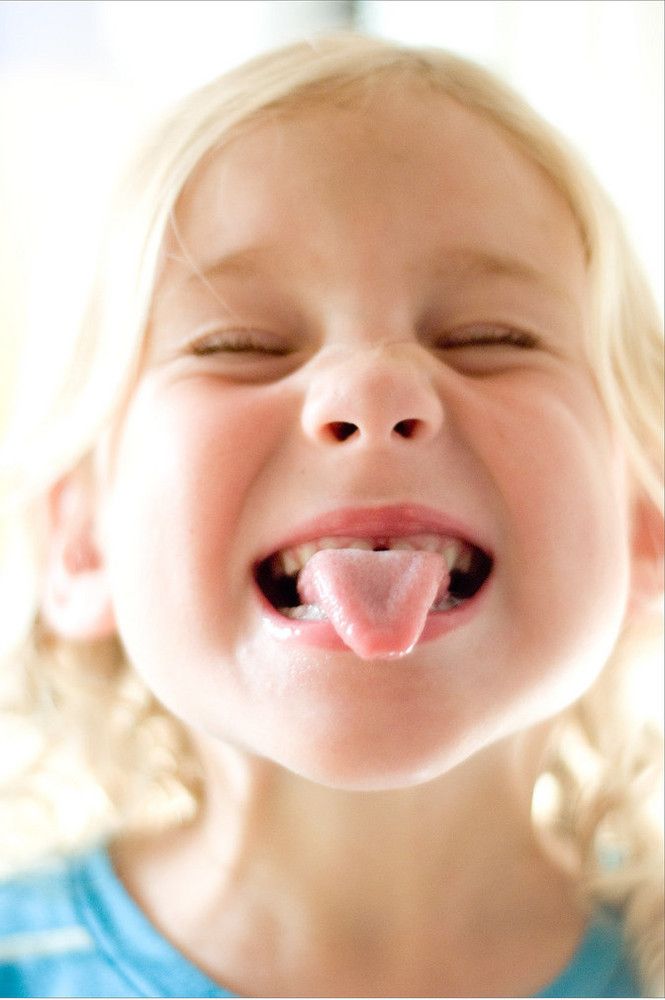 It is painful for the baby to suck on the breast. In addition, the baby has other manifestations:
It is painful for the baby to suck on the breast. In addition, the baby has other manifestations:
- reddish rash in diaper area;
- small weight gain;
- the appearance of clicking sounds during feeding;
- saliva becomes whitish;
- breastfeeding;
- increased salivation.
Untimely diagnosis and lack of treatment is fraught with serious complications: a grayish-white film spreads throughout the body, covers the esophagus, upper respiratory tract. And if it enters the bloodstream, there is a high probability of developing a septic condition. nine0003
How to treat thrush in the mouth of a baby
The following remedies are used for treatment:
- Baking soda. Prepare a two or six percent solution and lubricate or irrigate the oral cavity with it. Perform this manipulation several times a day.
- Sodium tetraborate in glycerin. Lubricate the affected areas with a solution no more than three times a day for a week.
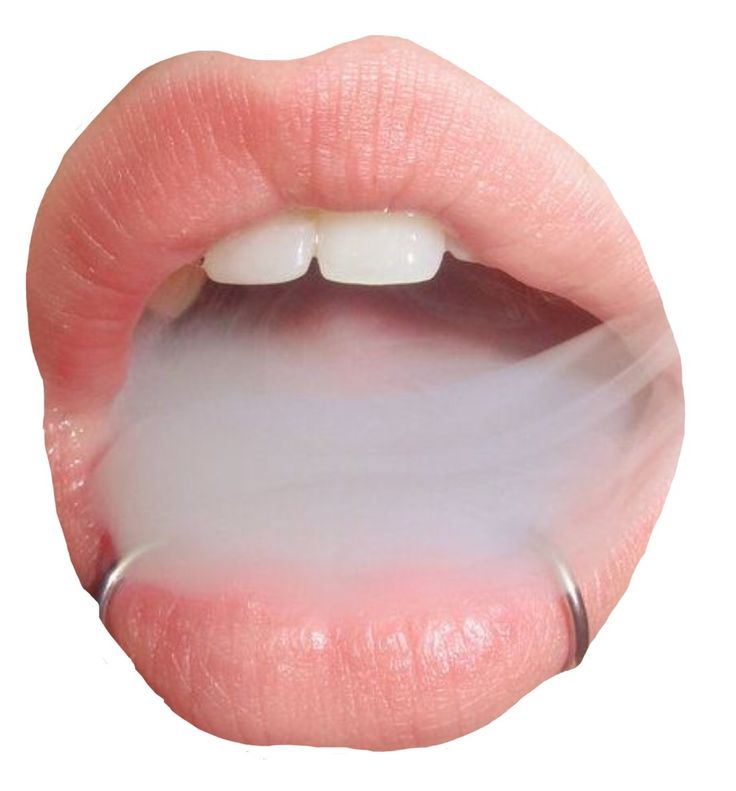
- Gentian violet - this drug is used to lubricate the mucous membrane of the baby's mouth.
- Nystatin. Two tablets are dissolved in fresh milk, which is taken in 2 ml. The prepared mixture is smeared with the oral mucosa several times a day.
By alternating funds, their effectiveness increases. The existing plaque will gradually come off without causing pain or discomfort.
Prevention of thrush
How to treat thrush in the mouth of an infant, you now know, and below we will consider preventive measures, the implementation and observance of which will save the baby from such a nuisance as thrush:
- Provision of good sanitary and hygienic conditions.
- Hygiene practices for those caring for a newborn.
- Regularly sterilize baby's bottles, teats, spoons and other utensils.
- Clean toys daily with approved disinfectants.
- Timely examination of the mother for the presence of a fungus and the passage of a full course of treatment if it is detected.

Acne on the tongue of a child
In a baby, the mucous membrane of the tongue is very sensitive and thin, so any damage to it provokes inflammation, which results in various rashes. In addition, pimples can appear in some pathological conditions.
A rash on the tongue is not dangerous, but it causes a lot of inconvenience: it creates discomfort, prevents the child from eating. Therefore, first of all, it is necessary to eliminate the factors that caused this condition. These include:
- Thrush and candidiasis. The development of these diseases is possible due to weak immunity in infants. In this case, white pimples appear in the child on the palate, tongue, and then they capture almost the entire oral cavity, forming a curd-like plaque.
- Injury to the tongue. At the age of three months or more, babies become inquisitive and quite active. They begin to taste everything, and along with the objects or toys that they pull into their mouths, pathogenic microorganisms are introduced, and in addition, injury to the mucous layer is possible.
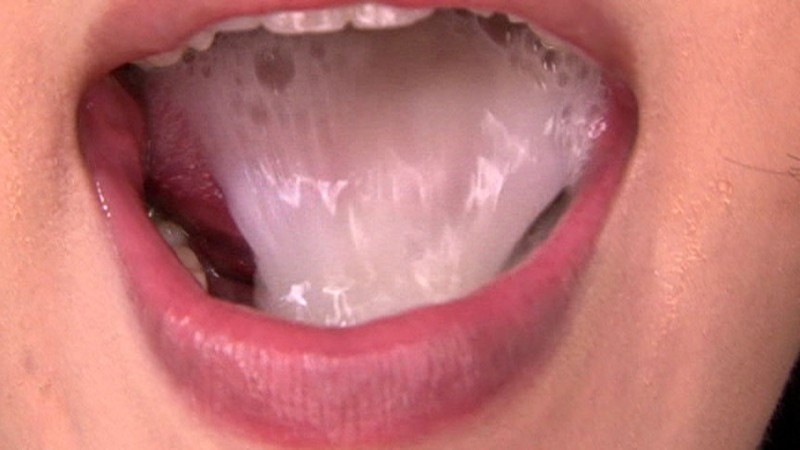 nine0010
nine0010 - Stomatitis. This disease causes discomfort in the form of pain, interferes with eating. White pimples are localized on the tip, lateral surfaces and in the region of the root of the tongue. Then they merge and form ulcers.
- Allergy. Its manifestations are different, including in the form of white pimples on the child's tongue, which form on its surface. This phenomenon is typical for children under the age of two. In the future, rashes affect the root, tip and sides of the tongue, as well as other parts of the oral cavity. nine0010
- Dysbacteriosis. Violation of the intestinal microflora, provoked by malnutrition, can cause inflammation of the mucous layer of the tongue, which is manifested by inflamed papillae, resembling small pimples.
- Angina. A bacterial infection affects the tonsils and can affect the root of the tongue, which, in addition to whitish acne, has a purulent coating.
Treatment of pimples on the tongue
To eliminate white pimples in the mouth of a child, the following measures are recommended:
- After each meal, rinse your mouth with an antiseptic liquid.
 The mucous membrane of the tongue is also treated with the same tool.
The mucous membrane of the tongue is also treated with the same tool. - Exclude from the child's diet foods containing dyes, as well as foods that have an irritating effect: hot, salty.
- Do not pop pimples.
- Give your baby more fluids.
In addition, the doctor may recommend taking medicines:
- "Solcoseryl", "Metrogyl Denta" - to eliminate discomfort and relieve the inflammatory process. nine0010
- Antibiotics - for angina.
- Antifungals - for the treatment of thrush and candidiasis.
You can also use the products recommended by herbalists:
- decoctions of St. John's wort, eucalyptus, chamomile, sage;
- soda solution;
- sea buckthorn, peach or rosehip oil.
The above folk remedies are used for washing, rinsing and irrigating the oral cavity. Their use is allowed in the absence of allergic reactions to medicinal plant materials. nine0003
Prevention
The following preventive measures will help avoid pimples on the tongue:
- It is advisable to teach your baby to properly care for the oral cavity from an early age.

- Brush your teeth, tongue and gums up to two times daily.
- Visit a pediatric dentist every six months.
- Do not allow your child to put dirty toys or other objects in their mouth.
- The child's diet should be balanced.
- Strengthen the immune system from birth. nine0010
Reasons for the appearance of white rashes in the mouth of a baby
There are several reasons for this phenomenon:
- The appearance of pimples in the mouth of a baby can be a sign of stomatitis. The baby has whitish-grayish sores and bad breath, fever.
- The next reason for the appearance of white pimples in the mouth of a child, as well as plaque on the tongue and gums lies in a disease called thrush.
- Sores and white pimples on the tongue can signal dysbacteriosis or herpes.
- A small pimple on the gums can be a common wen, and if it increases in size, then this is a sign of a more serious pathology.
- Pimples may appear before teething.

- A large abscess or cyst in the mouth also looks like a white pimple.
Thus, if a rash is found in the baby's mouth, you should contact a pediatrician. He diagnoses the disease and prescribes the appropriate treatment. nine0003
Stomatitis in a child
With this pathology, white pimples are concentrated in groups, the number of which increases with time. Further, they burst and form, covered with a whitish, and sometimes yellowish coating, spots. The disease has several stages and occurs in both acute and chronic forms. Specific treatment of stomatitis depends on the pathogen that caused the disease. So, stomatitis caused by a virus is treated with Zovirax, Viferon, Gerpevir. And how to treat stomatitis in the mouth in children, consider below. General recommendations:
- Give your baby more fluids.
- Perform regular oral hygiene.
- Eliminate sugar and sweets from the diet.
- Make sure that the baby is hygienic: wash his hands before eating, after visiting the bathroom or walking.
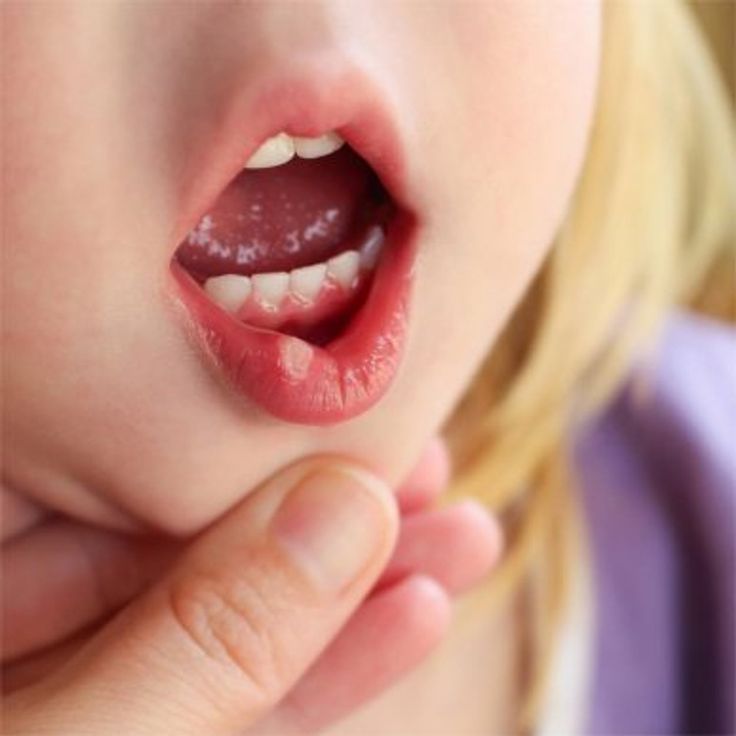
- Before giving a pacifier or pacifier to a child, pour boiling water over it.
- Panadol, Ibuprofen use to reduce fever.
- For mucosal treatment, antiseptic liquids are indicated, for example, factory-made "Miramistin" or pharmacy - a solution of boric acid, furacilin. nine0010
- Decoctions from medicinal plant materials have proven themselves well for irrigation and treatment of the oral cavity in infants: chamomile, calendula, sage.
- Lubrication of white rashes with natural oils: sea buckthorn, linseed or peach.
- Painkillers: "Cholisal", "Kalgel", "Kamistad" should be used in accordance with the instructions for medical use, since not all of them are approved for use in all age categories.
- Faster healing is stimulated by drugs such as "Vinilin", "Actovegin", "Solcoseryl". nine0010
Possible Complications
Taking good care of your child's oral cavity will help avoid serious complications. Parents need to remember that not every pimple or sore indicates a serious pathology. The main reason for their appearance is damage to the oral mucosa. However, such moments as frequent and painful inflammatory processes that disturb the baby and provoke an increase in temperature should alert. In these cases, stomatitis is a symptom of:
The main reason for their appearance is damage to the oral mucosa. However, such moments as frequent and painful inflammatory processes that disturb the baby and provoke an increase in temperature should alert. In these cases, stomatitis is a symptom of:
- gingivitis;
- diphtheria;
- sore throats;
- measles;
- tuberculosis;
- etc.
Timely diagnosis and treatment minimize the negative consequences of the above diseases. So, a complication of measles, for example, is pneumonia, otitis and laryngitis, and tonsillitis - arthritis, pyelonephritis, rheumatism.
Conclusion
All parents have to deal with childhood illnesses. These include white pimples in the mouth of a child, which cause a lot of suffering and inconvenience to the baby. For a quick and high-quality cure, it is recommended to immediately visit a pediatric doctor, and not self-medicate. In addition, during the illness of the baby, breastfeeding should not be interrupted.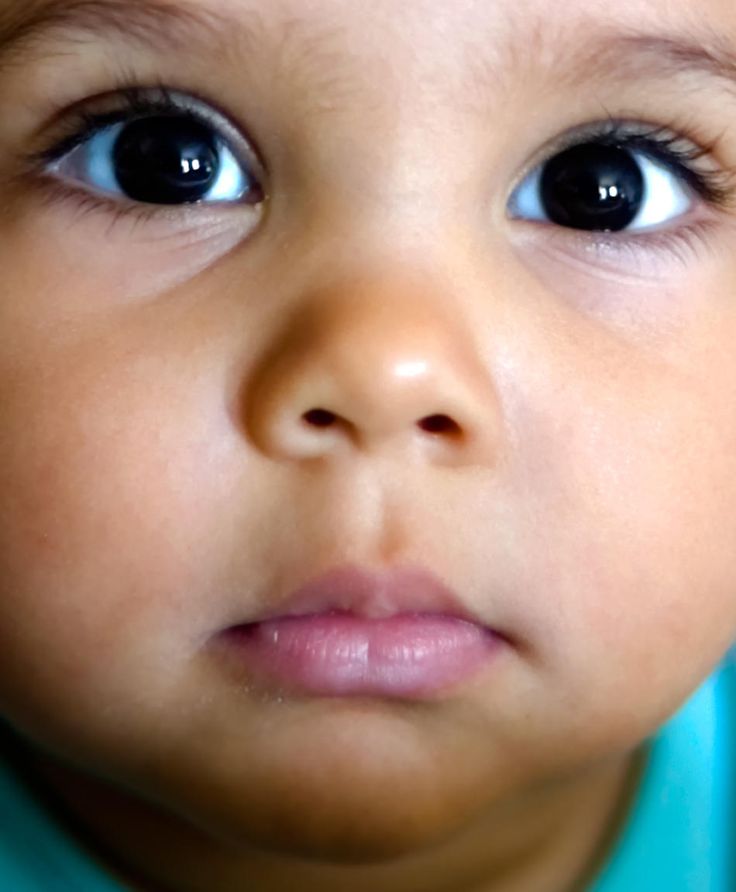 The most effective treatment is prevention, and the best prevention is regular visits to the dentist. nine0003
The most effective treatment is prevention, and the best prevention is regular visits to the dentist. nine0003
Pimples in the mouth of a child - Moscow
Pimples in the mouth of a child - MoscowIlona February 28, 2014
Hello! My baby (9 months old) has pimples on the gums and mucous membranes. They are very similar to wen. The child is naughty, during feeding it is felt that he is in pain. The pediatrician says that it is very similar to stomatitis. What can be the cause of this disease? What prevention is needed? Please advise a drug for treatment that will not be harmful to my boy. nine0003
expert topdent
5.0
38 reviews
Hello! Without a face-to-face consultation, I, unfortunately, do not have the right to make a diagnosis and prescribe treatment, especially when it comes to a baby.
These "pimples" can have different etiologies. The fact that they disturb the child immediately leads to the thought of inflammation. It really can be stomatitis. The cause of stomatitis can be a streptococcal and staphylococcal infection, which has joined a weakened immune system against the background of dysbacteriosis, dystrophy, or after taking medications. The disease can occur as a local response to a burn or an allergy, trauma, etc. The infection can also be transmitted through a kiss, a dirty nipple, hands, shared toys, and the like. nine0003
It really can be stomatitis. The cause of stomatitis can be a streptococcal and staphylococcal infection, which has joined a weakened immune system against the background of dysbacteriosis, dystrophy, or after taking medications. The disease can occur as a local response to a burn or an allergy, trauma, etc. The infection can also be transmitted through a kiss, a dirty nipple, hands, shared toys, and the like. nine0003
The best results in the treatment of stomatitis in children are shown by timely drug therapy prescribed by a doctor, depending on the exact cause of the disease (candidiasis, herpetic stomatitis, aphthous, etc.). Thus, you can achieve a quick result and prevent its transition to a chronic form of stomatitis. But for the treatment of infants, it is worth giving preference not so much to effective as to safe treatment and resort to treatment with folk remedies (a decoction of chamomile, St. John's wort, calendula). Also, for ulcers, the regenerating ointment "Vinilin" is used, if there is "Tantum Verde" in the home medicine cabinet, they can lubricate ulcerations (ignore the annotation "from 3 years old" - this is inside). nine0024 Be sure to continue to feed and water the child, breast milk will be especially useful now, even from a spoon. Monitor the temperature and in case of an increase, call the pediatrician at home.
nine0024 Be sure to continue to feed and water the child, breast milk will be especially useful now, even from a spoon. Monitor the temperature and in case of an increase, call the pediatrician at home.
I strongly recommend that you seek a face-to-face consultation with a pediatric dentist and do not self-medicate! If everything is in order, then the dentist will calm you down and send you home, if there is a disease, he will prescribe adequate treatment in a timely manner. Take care of yourself and your baby!
nine0002 You are being advisedtopdent expert
topdent expert
Zurnachyan
Artur Aramovich 5.0
56 reviews
Dentist-implantologist, orthopedist, surgeon, therapist
Experience: 11 years
Expert topdent
topdent expert
topdent expert
topdent expert
topdent expert nine0003
topdent expert
topdent expert
topdent expert
Fadin
Vladimir Olegovich 5.